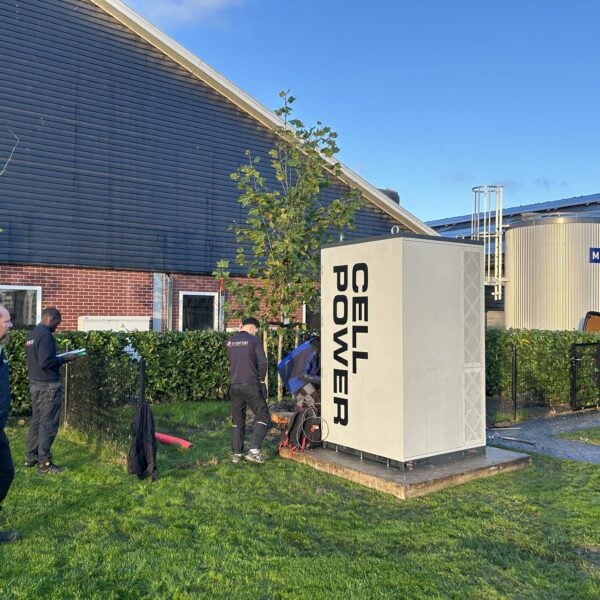Fundamentals of energy storage
Energy storage plays an increasing role in our energy supply: in the middle of the built environment, close to people, businesses and critical infrastructure. This makes safety not a choice, but an absolute prerequisite. Whether it’s fire safety, explosion risk or cyber threats: the consequences of an unsafe installation can be huge. We make sure your energy storage meets the highest safety standards, so you can build on your energy storage with peace of mind.

Physical safety according to the guidelines
Energy storage systems with lithium-ion batteries are covered by PGS 37-1 and PGS 37-2 guidelines. These regulations are designed to minimize fire and explosion hazards, and to ensure safe installation and placement.
As a manufacturer, we are fully up to date with the latest developments in laws and regulations. We guide you through:
- Proper application of PGS 37-1 for the storage of electricity in energy storage systems
- Compliance with PGS 37-2 for storage of lithium-based energy carriers.
- Obtaining permits and consulting with local authorities
Digital security: cybersecurity by design
Modern energy storage systems are digitally connected to EMS systems, cloud monitoring and sometimes even grid operators. This connectivity carries risks – from hacking to ransomware.
Therefore, our systems come standard with:
- A separated network architecture
- Local control intelligence via the CESS controller
- VPN-only access with 2FA
- 4G backup for network outage management
- Regular pen tests and updates

Safety begins with design
Whether you place a system indoors or outdoors, manage it physically or remotely: security measures are standard with us. Cellpower energy storage systems comply with regulations as well as withstand digital risks that may yet come.
